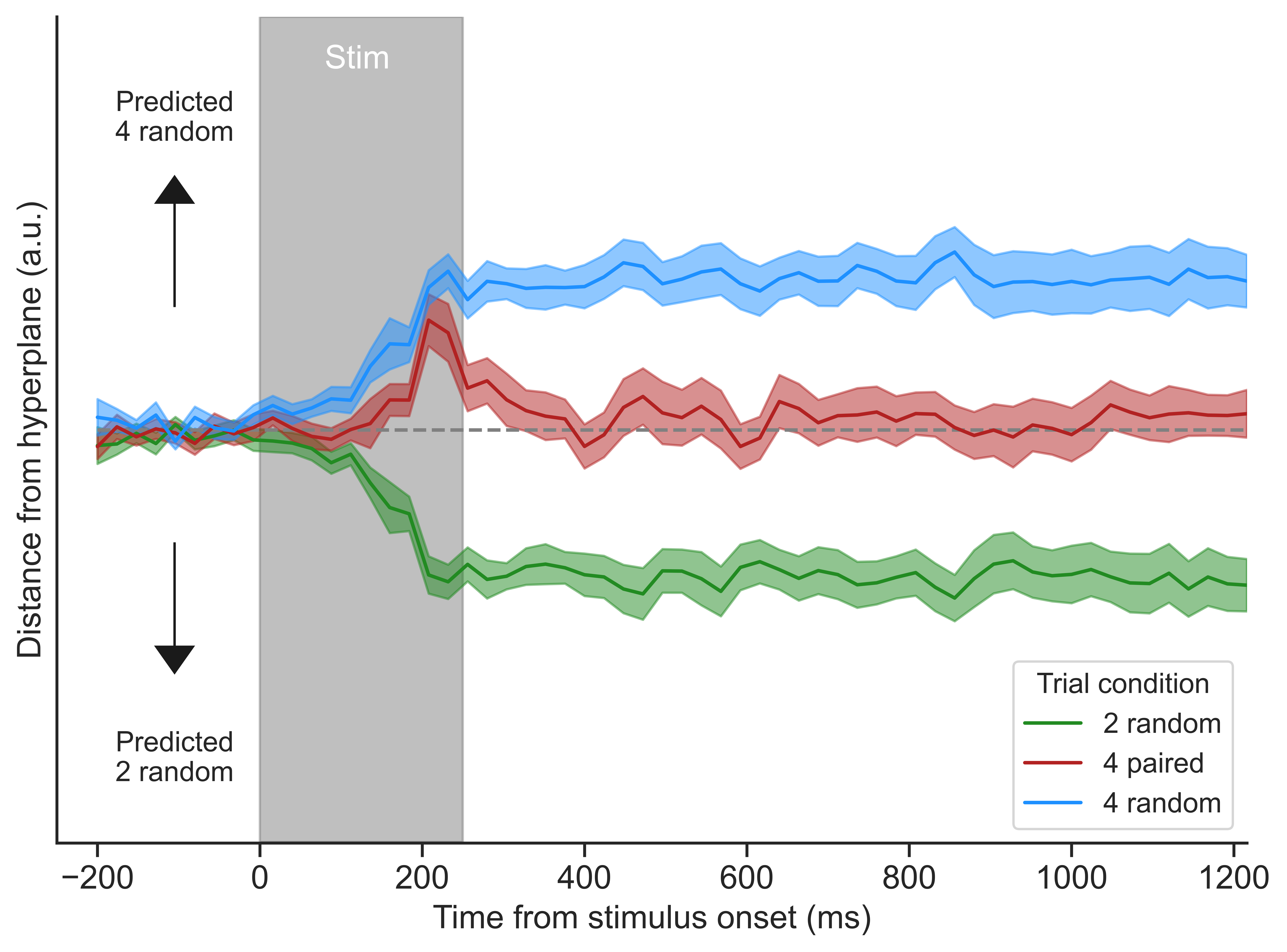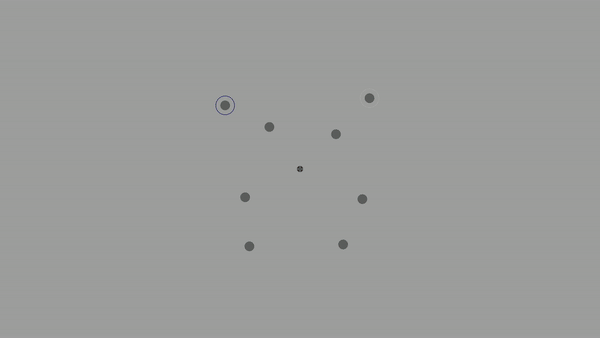Research Aims
We can attend to only a few items at a time, so how and what we keep in mind is very important. In the current digital age, information is readily available at our fingertips, with algorithms designed to keep us glued to our devices and consume endless streams of content. This has lead to the collective feeling that our ability to focus our attention and our ability to discern information from misinformation is getting worse. The PALM Lab hopes to improve understanding of our attention and cognitive systems, so that the world can regain focus on what is needed to meet the important challenges of today.
The PALM Lab studies our visual attention and working memory systems by linking patterns of brain activity to patterns of cognitive behaviour. We conduct experiments with psychophysics and neuroimaging (typically electroencephalography) methods, and use a combination of computational modeling and machine learning to decipher how humans select and keep information in mind for ongoing perception and cognition. Read below for broad descriptions of our current research projects.
Research Questions
How are features bound together and stored in visual working memory?
The visual working memory system rapidly pieces together different visual features, such as color and shape, into perceived objects. At the same time, our visual working memory system can focus our attention on relevant items, filtering out irrelevant items and sometimes even irrelevant features! Our research aims to understand how various perceptual factors and cognitive factors influences working memory representations. In particular, how does featural information become bound into objects and stored in working memory, and whether this sets a sharp limit on how much we can hold in mind.
How does experience and learning change how we attend to and store information in working memory?
There is a growing appreciation that our previous learning and experience can shape how we encode and represent information in mind. Our long-term memory system can readily shape how we attend to incoming visual information, at surprisingly early stages of visual processing. In particular, we are interested in how different types of learning (e.g. recognition training, statistical learning, associative learning) may improve the efficiency of the visual working memory system, whether this is achieved by changing working memory itself or circumventing its sharp capacity limit through other means.
Decoding the contents of visual working memory using neuroimaging and multivariate classification
A recently developed decoder that applies machine learning classification to neuroimaging (EEG) data (called ‘mvLoad’) has located a multivariate neural signal that tracks working memory load (i.e. how many items are being stored in visual memory). This gives us an unprecedented window into the processes that underlie visual working memory in conjunction with how the brain actively maintains information. We measure electroencephalography (EEG) while subjects complete attention and working memory tasks that are designed to tap into theorized underlying processes. Then, we apply ‘mvLoad’ to see whether we can classify and map the changed contents of working memory.
Featured Projects

How do we represent information in mind? Understanding this will help us evaluate how the attentional and working memory systems operate and build a complete cognitive model.

The visual system can readily recognize and remember an object, rapidly binding its features (such as color, shape, orientation, etc.) into a single representation. It is not yet known how exactly this binding occurs. It is likely that the binding mechanism is a defining bottleneck of the visual processing hierarchy. We hope to make progress on “the binding problem” by using a novel whole-report task and building computational models of the object-based binding mechanism.

There is a growing appreciation that our previous learning and experience can shape how we encode and represent information in mind. Our long-term memory system can readily shape how we attend to incoming visual information, at surprisingly early stages of visual processing. In particular, we are interested in how different types of learning may improve the efficiency of the visual working memory system, whether this is achieved by circumventing sharp capacity limits.

Our visual system can track multiple moving objects quite well, but we are much less capable at when remembering the features of those moving objects. We hope to understand how our attentional system and the working memory interact, especially through the use of multivariate decoding.
More

Individuals vary in how well they can attend to and remember visual information – estimates of working memory capacity reliably correlate with scholastic and cognitive outcomes. In the current digital age, some believe attention spans are collectively worsening but the evidence so far is unclear. We hope to better understand what exactly drives individual differences in attention and working memory, so that we can find ways to boost performance in situations that demand attention.
Attention and working memory are reliable predictors of fluid intelligence and scholastic achievement. But when do these cognitive mechanisms that underlie attention and working memory develop in childhood? And when do they mature into adulthood? We hope to test whether children of different ages show spatial organization of their perception and cognition, and whether they quickly learn to ‘chunk’ and make use of their limited workspace.